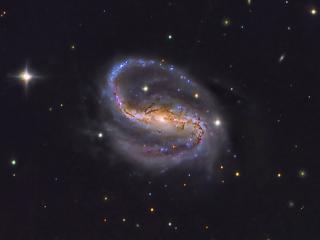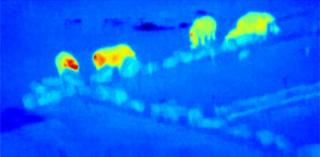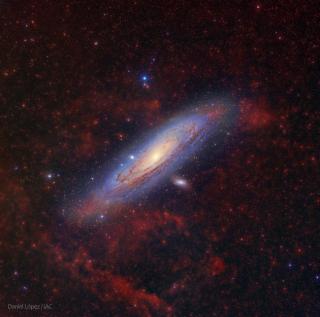
A research based on observations and simulations lead by the IAC show why the fastest spinning bars are rotating most slowly because of dark matter
Advertised on
This section includes scientific and technological news from the IAC and its Observatories, as well as press releases on scientific and technological results, astronomical events, educational projects, outreach activities and institutional events.





